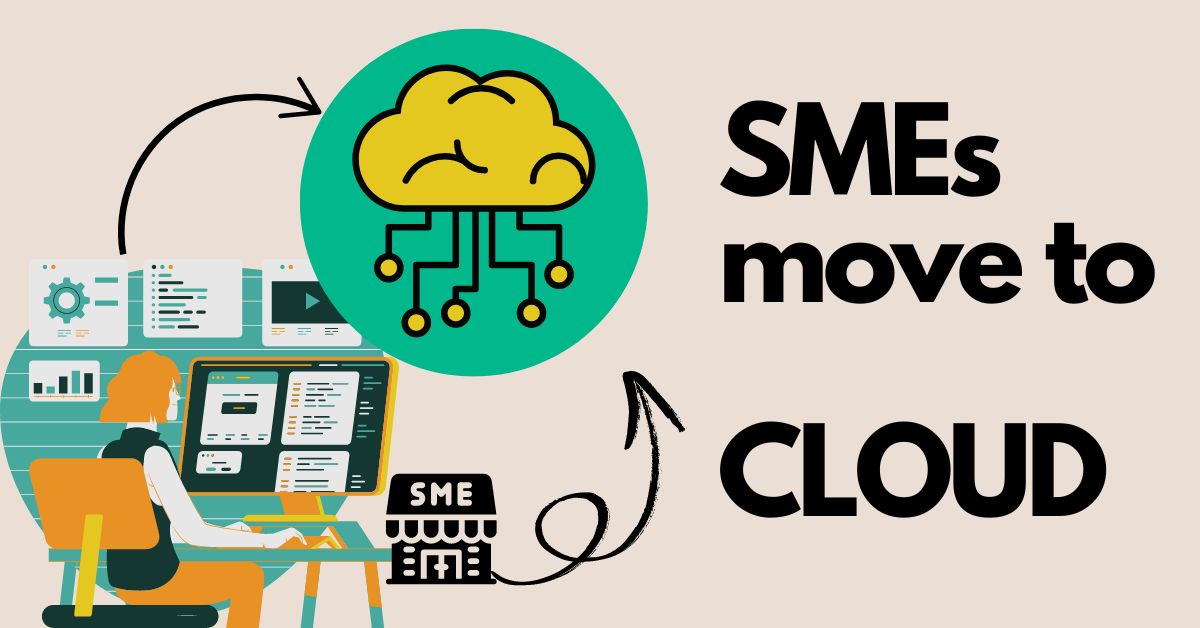
Google Reviews CCI AdTech Dominance Order in India
Google has stated that it is currently reviewing the Competition Commission of India (CCI) orders pertaining to its actions within the online display advertising market. This review comes after the trade regulator mandated a comprehensive investigation, prompted by a complaint lodged by the Alliance of Digital India Foundation (ADIF).
The CCI has decided to consolidate the ADIF complaint with existing investigations into similar cases. The Director General (DG) has been instructed to conduct a unified probe into Google’s behaviour within the AdTech ecosystem. This consolidated investigation aims to provide a holistic view of the market dynamics and Google’s role in it, particularly concerning issues of competition and potential antitrust violations in India.
The CCI’s order suggests concerns about Google’s dominance in the AdTech space and its potential impact on fair competition. The investigation will likely delve into various aspects of Google’s operations, including its advertising technology stack, its market share, and its business practices, to determine whether they stifle competition or unfairly disadvantage other players in the digital advertising market within India.
Google’s Legal Challenge
Google’s next steps following the CCI’s order are likely to involve a multi-pronged legal strategy. While the company has stated it is undertaking a review of the CCI’s directive, this often precedes a more formal legal challenge. Google may choose to appeal the order in higher courts within India, arguing that the CCI’s findings are flawed or that the investigation is unwarranted.
Central to Google’s defence will likely be arguments that its AdTech practices are pro-competitive and benefit both advertisers and publishers. They may contend that their technology enhances efficiency and reach, driving value for businesses of all sizes in India. Furthermore, Google could argue that the CCI’s assessment of its market dominance is inaccurate or that the relevant market has been defined too narrowly, failing to account for the presence of other significant players in the digital advertising landscape.
The legal challenge could also focus on procedural aspects of the CCI’s investigation, questioning the fairness or impartiality of the process. Google might raise concerns about the scope of the investigation or the evidence relied upon by the CCI in reaching its decision to order a further probe. The antitrust battle promises to be a protracted and complex affair, potentially setting significant precedents for the regulation of digital markets in India.
Impact On Digital Advertising
The ongoing CCI investigation and Google’s subsequent legal challenges have significant implications for the future of digital advertising in India. A key outcome could be altered market dynamics, potentially fostering a more level playing field for smaller AdTech companies and publishers who currently struggle to compete with Google’s extensive reach and resources. Increased regulatory scrutiny might encourage Google and other major players to adopt more transparent and equitable business practices.
Conversely, an unfavourable outcome for the CCI could solidify Google’s dominance, potentially stifling innovation and limiting choices for advertisers and publishers. This scenario could lead to higher advertising costs and reduced revenue for publishers, impacting the overall health of the digital ecosystem in India. The investigation also highlights the broader debate surrounding data privacy and the use of user information in targeted advertising, issues that are increasingly under the spotlight globally.
Ultimately, the resolution of this antitrust matter will shape the competitive landscape of the Indian digital advertising market for years to come. It could serve as a benchmark for how regulatory bodies address the challenges posed by the growing power of tech giants and their influence on various sectors. The case underscores the need for a robust regulatory framework that promotes competition, protects consumer interests, and fosters innovation in the rapidly evolving digital economy of India.















